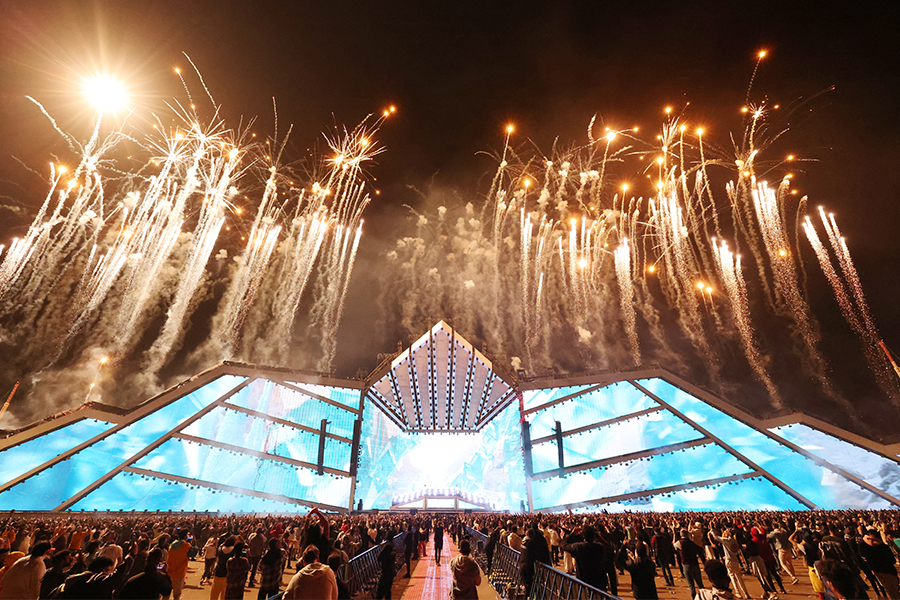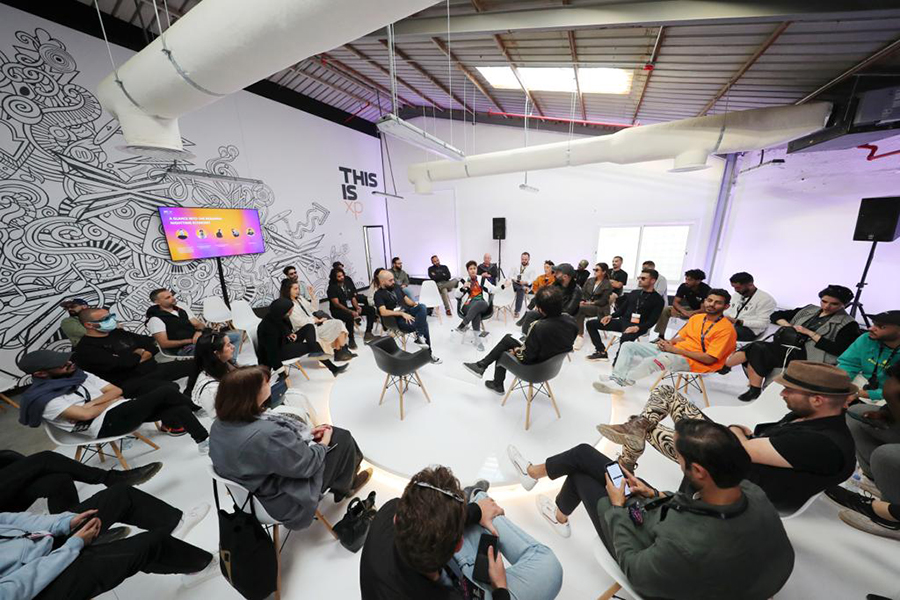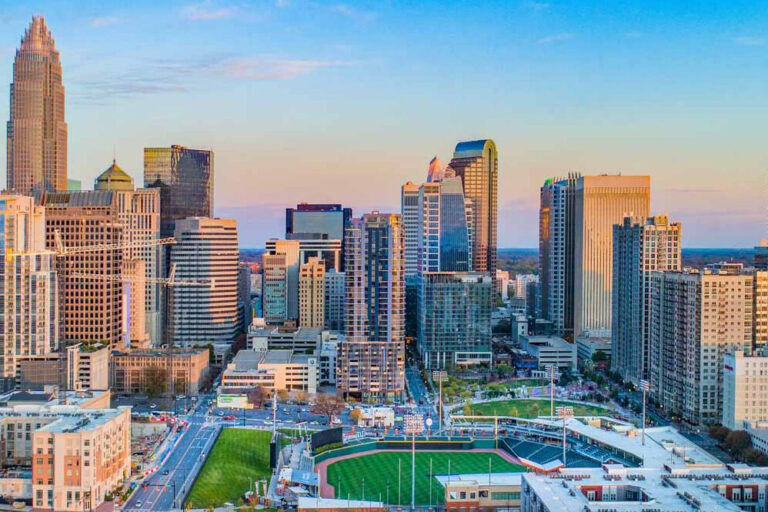
There are only a few regions in the world where hundreds of millions of young people share a similar language and culture across different national boundaries, united by a passion for music and dance. One of those places, Latin America, has become one of the world’s hit factories. Another, the Middle East and North Africa (MENA), is well on its way to achieving similar success.
That’s the view of participants at the XP Music Futures event held in Riyadh at the end of last year on the eve of Soundstorm, the largest—and loudest—music festival in MENA. Designed as a forum for industry professionals to express themselves, explore connections, and enjoy immersive experiences, XP brings together producers, agents, and record labels to help grow the music scene across the region. In advance of the third edition of Soundstorm this December, festival producer MDLBEAST is planning a repeat XP event, on November 28-30, that will present curated content and showcase talent from across the MENA music community.
“Opportunities in the Middle East music industry are endless,” says Nada Alhelabi, XP program director and strategy director at MDLBEAST. “Whoever wishes to hop on this fast-moving train should do so now while the music scene is being shaped and foundations are being solidified.”
“The music scene in MENA is growing faster than we could ever have imagined. There have never been so many possibilities for performers.”
Nada Alhelabi, Strategy Director, MDLBEAST
Data analytics and artificial intelligence (AI) are providing the industry with new ways to predict the future direction of the MENA music express. At Singapore-based Musiio, which uses AI to spot trends in Asia and beyond, CEO and co-founder Hazel Savage says that Western-influenced artists are growing rapidly in popularity across the MENA region.
“For many of these acts, our AI finds that the quality of their music is so high that, were it not for the language, they would fit seamlessly onto the Billboard charts,” she says.
Many MENA musicians are collaborating with artists from elsewhere in the region and around the world, adds Hazel, who notes Egyptian hip-hop artist Abyusif, Egyptian producer El Waili, and Kuwaiti-Saudi performer Bader Al Shuaibi as three crossover names to watch.

For Canadian sound engineer Marcela Rada, a frequent collaborator in MENA musical projects, the region’s female Saudi singers, such as Tamtam, are standout performers.
“What I like most about the Middle Eastern music scene is the diversity present in music, performance, dance, and even fashion,” she says. “A combination of talent, culture, and style makes these artists unique. I hope the rest of the world sees this and opens doors for Saudi and Middle Eastern talent.”
With local Soundstorm headliners performing at major European festivals such as Tomorrowland and Exit, researchers into musical trends are predicting a flood of Middle Eastern hitmakers. At MDLBEAST, producers are investing in building a local talent pipeline and have created a series of record labels to bring new MENA sounds to as wide an audience as possible.
For industry professionals and music fans looking out for the Middle Eastern equivalent of J Balvin or Bad Bunny, or those simply wanting to experience the incredible joy and energy of the MENA music scene, there is no better place to start than the 2022 edition of Soundstorm, running from December 1-3 ![]()
As published in FORTUNE magazine









